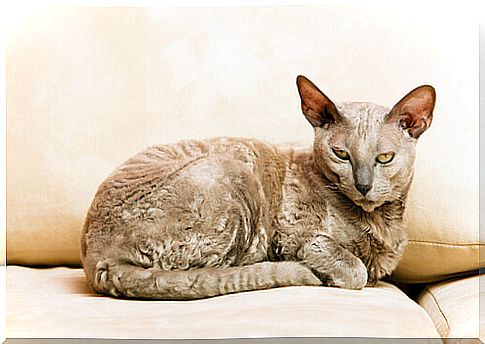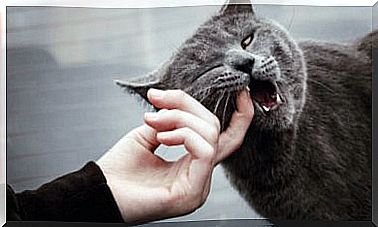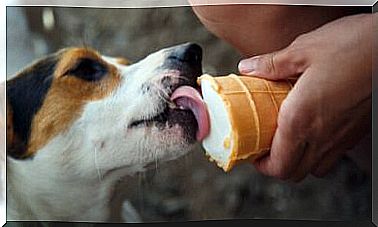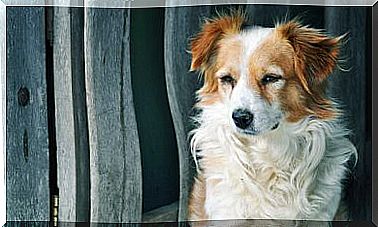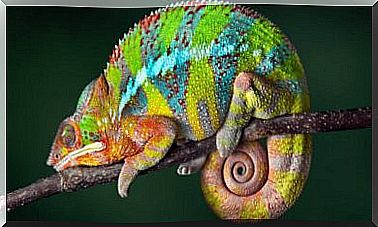Pharaoh Hound, A Primitive European Hunting Dog

If there is a peculiar dog in the world, it is the pharaoh hound, one of those dogs who say that you either love or you don’t like them at all. Today we want to tell you about it and its characteristics and qualities. Do you want to stay with us and meet this special animal?
Let’s meet the pharaoh hound
Origin and history
This species, belonging to the Maltese hound family and considered the island’s national dog breed, is known as Kelbtal Fenek (rabbit dog). Apparently there was a theory that this dog came from the Middle East and that they were imported about 3,000 years ago.
Even so, its common name, pharaoh hound, is due to a legend that affirms that it was the dog that the pharaohs loved and desired; if this were true, this race would be known at least 8,000 years ago.
In this sense, the one we know today as pharaoh hound also comes from Malta, a place that was conquered by the Phoenicians. These also interbred with pharaohs, so the legend may well be true.
Physical characteristics
This dog is athletic and slim, with a triangular head and amber eyes, while his ears are pointed and stiff. Despite his leanness, he is muscular and has a strong appearance, including his loins, which are straight and regal. In addition, its tail is curved and as a general rule it is low, although if it is happy or alert it will raise it.
On the other hand, his hair is short and very fine, but soft to the touch, with the following shades of colors admitted for the clubs: reddish fawn or white with spots.
Regarding its size, we are talking about a medium-height dog that measures between 55 and 63 centimeters at the withers when we refer to males, and from 52 to 61 in the case of females. Thus, their weight varies between 21 and 26 kilograms in males versus 20 to 25 in females.
Character and temperament of the pharaoh hound
The pharaoh hound is an independent dog , but very valid to be used as a companion dog, which is why it likes to be at home peacefully as well as to play outdoors. It is essential to exercise it so that it maintains its calm character, since it is a very active dog and it could easily become stressed.
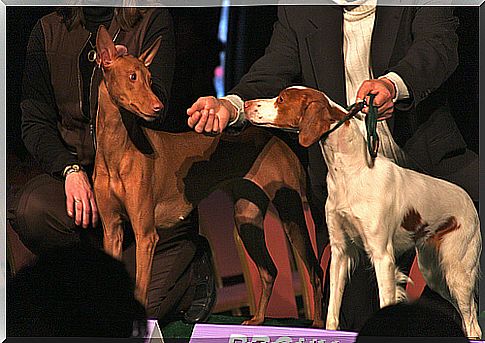
Likewise, it is considered a loyal and brave, intelligent and educated dog. He is very patient with children, although he is not pleasant with strangers, so if you have a visitor at home you should give him some time to get used to ‘strangers’.
It is also key to socialize it since it is a puppy so that as it grows it is easier to train it, although as a general rule this should not present complications, and it is a ‘sponge dog’, which absorbs the personality of its owner. Thus, although its character is very calm, if its owner is nervous, the dog will become the same.
As a curiosity we will also say that his nose blushes when he is excited. This is something quite peculiar that happens to few dogs, if not to any.
Care and health
The pharaoh hound is a robust and healthy animal ; no common pathologies are known. However, it is necessary to be careful in the use of medicines and insecticides, since they show great sensitivity towards them.
As we said before, exercise should be an essential part of your daily routine, because without it, you could change your character. Due to its hunting instinct, it could easily escape, so it is not advisable to remove it without a leash or leave it loose unless the place is fenced.
This has been all we can give you about the pharaoh hound, a very suitable animal to have as a pet. Will it be your next pet?
It might interest you …
Image source: ccho and Petful
